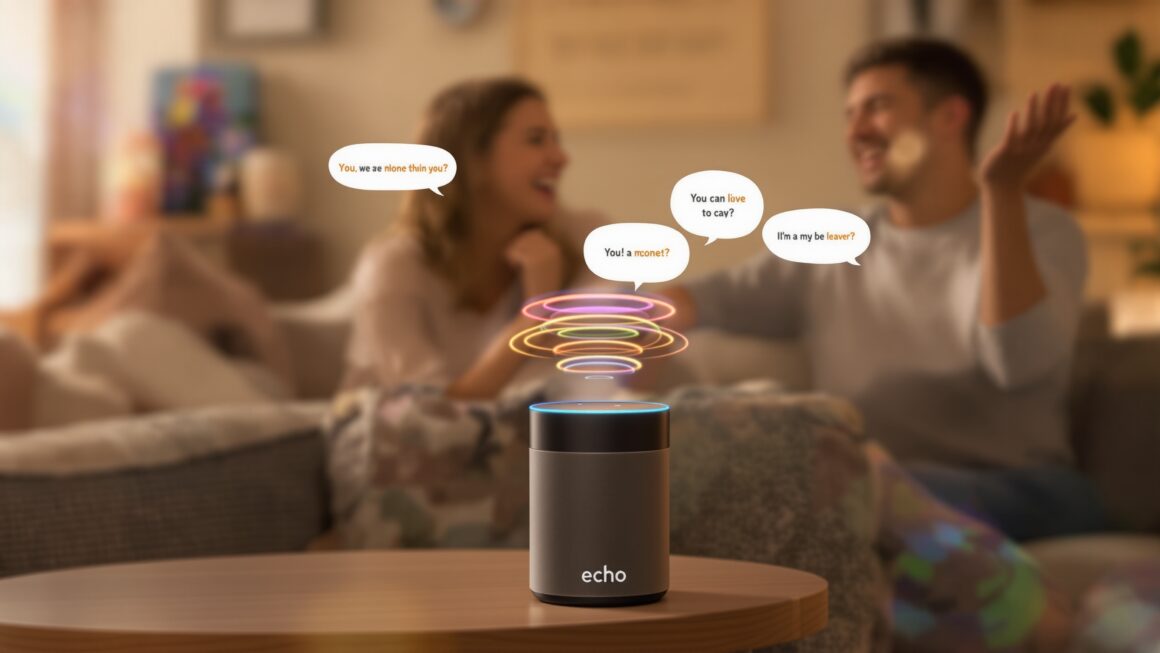Unlock the Secrets: How In-App Purchases Are REALLY Impacting Your Favorite Games!
Have you ever found yourself hopelessly addicted to a mobile game, only to hit a wall that seems impossible to climb without spending a few bucks? You’re not alone. In-app purchases (IAPs) have become a ubiquitous part of the mobile gaming and app landscape, transforming how developers make money and how we, as users, experience their creations.
What Exactly Are In-App Purchases?
At its core, an in-app purchase is exactly what it sounds like: a purchase made from within an application. These purchases can take many forms, including:
- Virtual Goods: These are items that exist only within the game or app, such as cosmetic items (skins, outfits), power-ups, or resources needed to progress.
- Virtual Currency: Many games use their own currency (gems, coins, diamonds) that can be purchased with real money and then used to buy virtual goods or services.
- Premium Features: This can include unlocking new levels, removing ads, or gaining access to exclusive content.
- Subscriptions: Recurring payments that grant access to ongoing benefits, such as daily bonuses, exclusive content, or ad-free access.
The Allure (and Controversy) of IAPs
For developers, IAPs offer a compelling way to monetize their apps, especially those offered for free. Instead of charging an upfront fee, they can attract a larger audience by offering the app for free and then generating revenue through in-app sales.
However, IAPs are not without their controversies:
- Pay-to-Win: Some games are designed in such a way that it’s virtually impossible to compete or progress without spending money. This creates an uneven playing field and can frustrate players.
- Exploitation of Vulnerable Users: Concerns exist about IAPs exploiting addictive personalities or children who may not fully understand the implications of spending real money.
- “Gacha” Mechanics: Some games use “gacha” systems (similar to loot boxes) where players spend currency for a chance to win rare items. These systems can be highly addictive and lead to significant spending.
The Ethical Considerations
The debate surrounding IAPs highlights the need for responsible game design and transparency. Developers have a responsibility to:
- Clearly Communicate Costs: Make sure players understand the cost of IAPs and what they are getting in return.
- Avoid Predatory Practices: Design games that are fun and engaging without requiring constant spending to progress.
- Implement Parental Controls: Offer robust parental controls to allow parents to manage their children’s spending.
The Future of In-App Purchases
IAPs are likely here to stay, but the way they are implemented may evolve. We may see a greater focus on:
- Cosmetic Items: Focus on selling cosmetic items that don’t affect gameplay but allow players to personalize their experience.
- Subscription Models: Offer subscription services that provide ongoing value and a predictable revenue stream.
- Fair and Balanced Gameplay: Ensure that IAPs don’t create an unfair advantage and that free-to-play players can still enjoy the game.
Final Thoughts
In-app purchases can be a win-win for both developers and players, but it’s crucial that they are implemented responsibly and ethically. As players, we need to be aware of the potential pitfalls and make informed decisions about how we spend our money. By demanding transparency and fairness, we can help shape the future of IAPs and ensure that they enhance, rather than detract from, our gaming experiences. So, the next time you’re tempted to buy that virtual sword, ask yourself: Is it really worth it?


